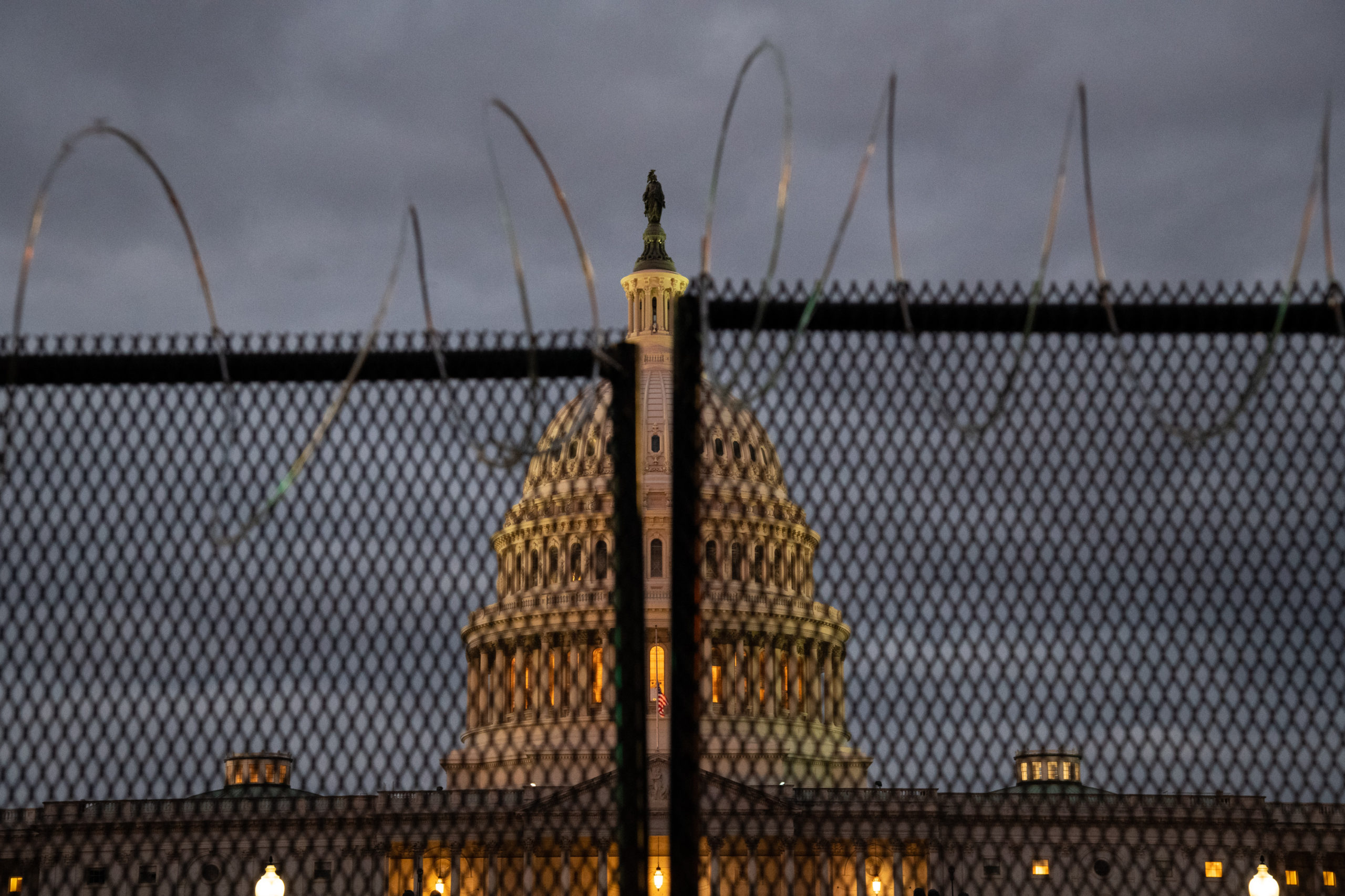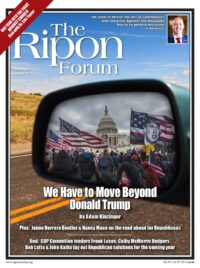
Top law enforcement officials recently called to make the 8-foot-high, razor-wire-topped fencing erected in the wake of the January 6th insurrection a permanent fixture, forever walling the Capitol off from American citizens.
While the U.S. Capitol Historical Society (USCHS) does not weigh in on the merits of specific security technologies, we do have an important perspective on the values and ideals that have guided America’s response to past assaults on our Capitol. Sadly, we have grappled with an attack on the Capitol before, and where we have been helps inform where we must go.
Most people are familiar with the British ransacking Washington, DC in 1814, but many may be surprised to learn that there were no fewer than five notable attacks on the Capitol in the 20th century. The tragic events that unfolded on January 6, 2021, represent the latest attack on our democracy.
Quite understandably, after every historical attack on the Capitol, the immediate, instinctual reaction is to implement extreme security measures. These reactions, however, are not strategic long-term solutions, and, after every assault, Congress ultimately decided the Capitol is more than an office complex — it is the embodiment of our democracy.
The Capitol is more than an office complex — it is the embodiment of our democracy.
The 1915 German nationalist Senate bombing, the 1954 Puerto Rican nationalists shooting of five Members on the House floor, the 1971 Weather Underground Senate bombing, the 1983 Resistance Conspiracy bombing of Senator Robert Byrd’s Capitol Office, and the 1998 killings of Capitol Police Officer Chestnut and Detective Gibson were all serious terrorist attacks. In response to each tragedy there were proposals to limit public access—from a bulletproof barrier between the chamber galleries and the floors to an outright closure of the building.

However, in the face of these attacks, Congress found solutions to enhance security without sacrificing accessibility. The Capitol’s openness is a beautiful representation of the openness our society strives for, and members have eloquently defended why it was necessary to maintain public access. In the wake of the 1954 shooting, Congressman Adam Clayton Powell declared, “it would be a pity, however, to diminish the freedom to which Americans have always gained access to the Halls of Congress. Indignation over the occurrence should not breed intemperance or vindictiveness.” In 1998, then-Majority Leader Senator Trent Lott echoed this sentiment in a lengthy defense on the Senate floor.
Senator Lott marveled at how everyday people waited to see if they could really meet him as he stepped out from his office doors—Americans and foreigners alike were amazed to see him. He exhorted his fellow Senators to remember that the “people’s access to their Capitol is the physical manifestation of democracy. It represents something rare and precious, something all Americans take for granted. It represents the bond between those in high office and those who put them there. It represents, in short, our freedom.” Congressman Powell and Senator Lott both understood the impulse to make the Capitol impregnable, but they also understood the power of remaining accessible.
With every measure that distances Americans from their elected leaders, our government of the people, by the people, and for the people becomes a little less so.
We have heard the calls to keep the Capitol behind barbed wire, and if our only obligation was to protect the physical safety and property of those who work within the Capitol, it would be a simple solution to seal it off. However, our responsibility is greater than that. Fencing out the public is an easy, obvious, and wrong solution that risks a dire outcome. We risk losing “something rare and precious,” something that represents our freedom, and the insurrectionists will forever break “the bond between those in high office and those who put them there” represented by an open Capitol. If one believes that part of what ails American politics is people feeling like elected officials are out-of-touch, imagine what a permanent wall between the American people and Congress would represent.
American democracy is a participatory sport. If we further separate the people from their representatives with physical barriers, the whole experiment could fail. While we must ensure the safety of those who work within the Capitol, we must also remember that the Capitol is the citadel of our democracy, and its openness is essential for its health. With every measure that distances Americans from their elected leaders, our government of the people, by the people, and for the people becomes a little less so.
I have faith that our leaders today, just as those who came before them, will look to history and reach solutions that will safeguard not only the Capitol and those who work within its halls but also its powerful symbolism as a physical manifestation of the American Experiment.
Jane L. Campbell is the President and CEO of the United States Capitol Historical Society, a former Senate Chief of Staff and Committee Staff Director, and the former and first woman Mayor of Cleveland, OH.




